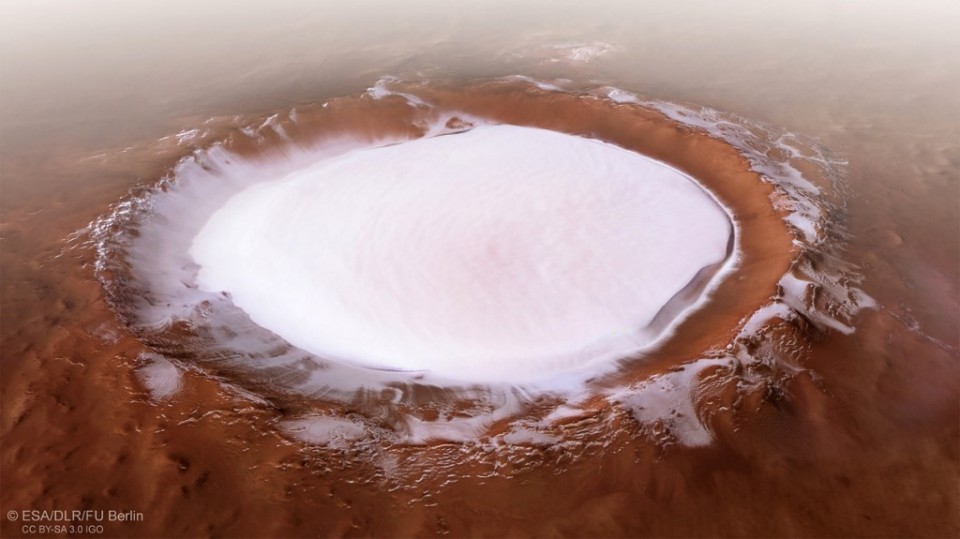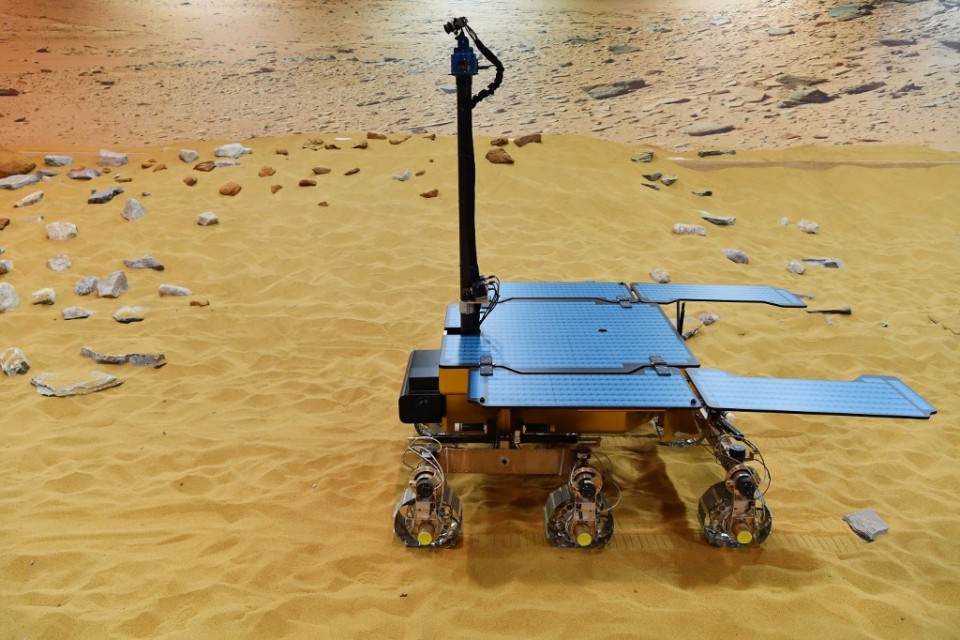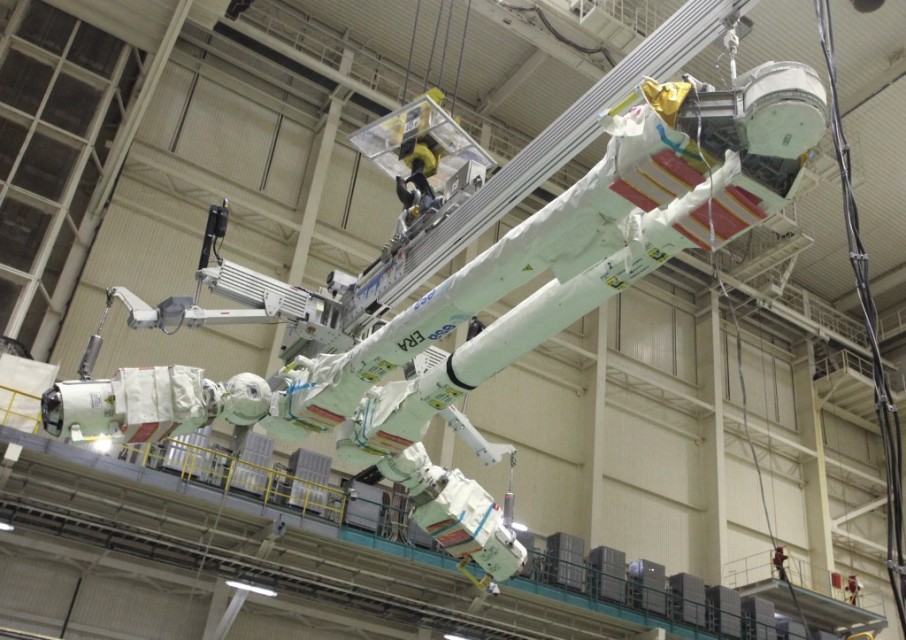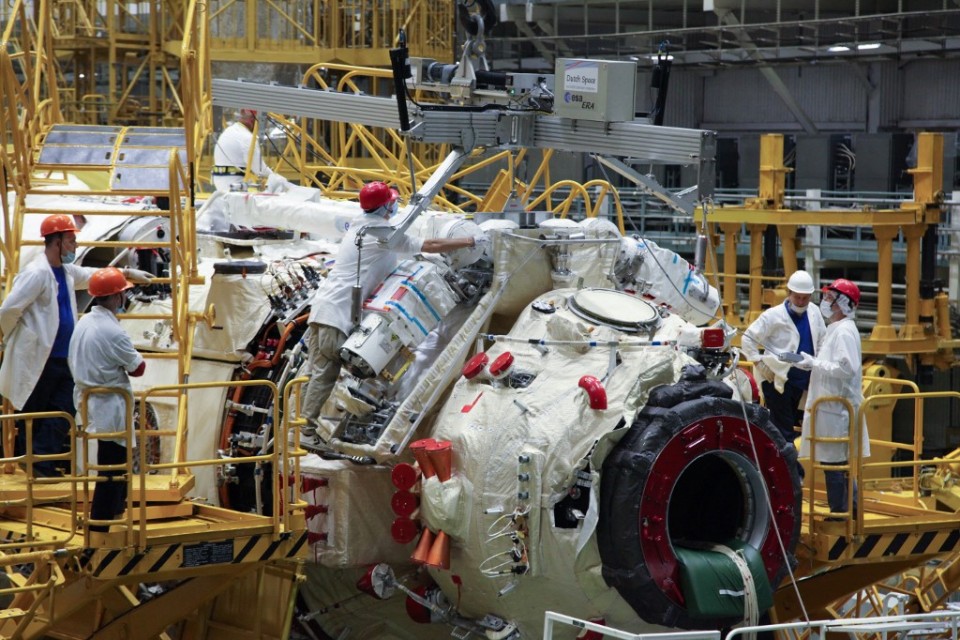
PARIS, France (AFP) — The European Space Agency has officially terminated cooperation with Russia on a mission to put a rover on Mars, with Russia’s space chief furiously responding by banning cosmonauts on the ISS from using a Europe-made robotic arm.
The ESA had previously suspended ties on the joint ExoMars mission, which had planned to use Russian rockets to put Europe’s Rosalind Franklin rover on the red planet to drill for signs of life, due to Russia’s invasion of Ukraine.
ESA Director-General Josef Aschbacher tweeted on Tuesday that because the war and resulting sanctions “continue to prevail”, the agency would “officially terminate” ties with Russia on ExoMars and its landing platform.

The firebrand head of Russian space agency Roscosmos Dmitry Rogozin issued an angry response.
“Has the head of the European Space Agency thought about the work of thousands of scientists and engineers in Europe and Russia which has been ended by this decision? Is he prepared to answer for sabotaging a joint Mars mission?” Rogozin said on Telegram.
“I, in turn, order our crew on the ISS to stop working with the European manipulator ERA,” he added.
Installed just a few months ago, the European Robotic Arm (ERA) is one of three such robots on the International Space Station, but it is the only one that can reach the Russian segment.


The 11-metre long robot, which looks like a pair of compasses, helps by moving payloads inside and outside the ISS, and can also transport spacewalkers “like a cherry-picker crane,” according to the ESA website.
The ExoMars launch had already been suspended once in 2020 due to the pandemic, then plans for a launch in September this year were called off due to the war in March.
Aschbacher said last month he is in “intense discussion” with US space agency NASA to get the rover to Mars, adding that he was “very confident that we find a good partnership”.
© Agence France-Presse








